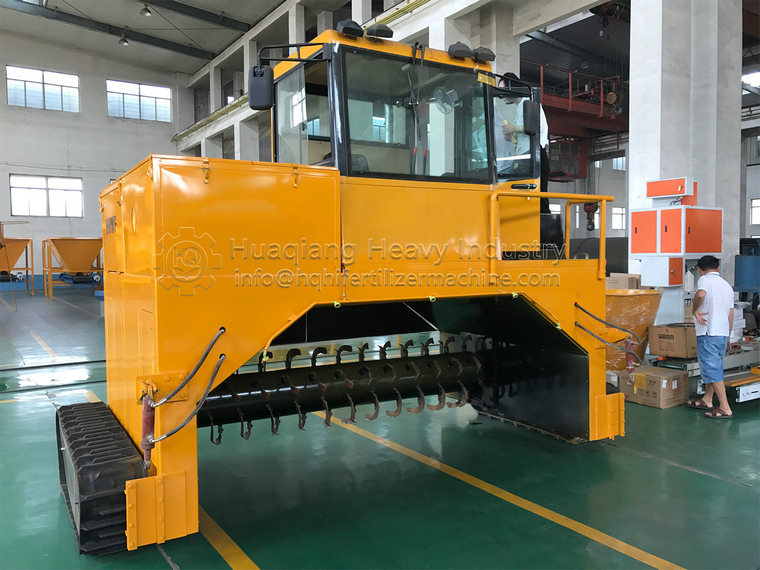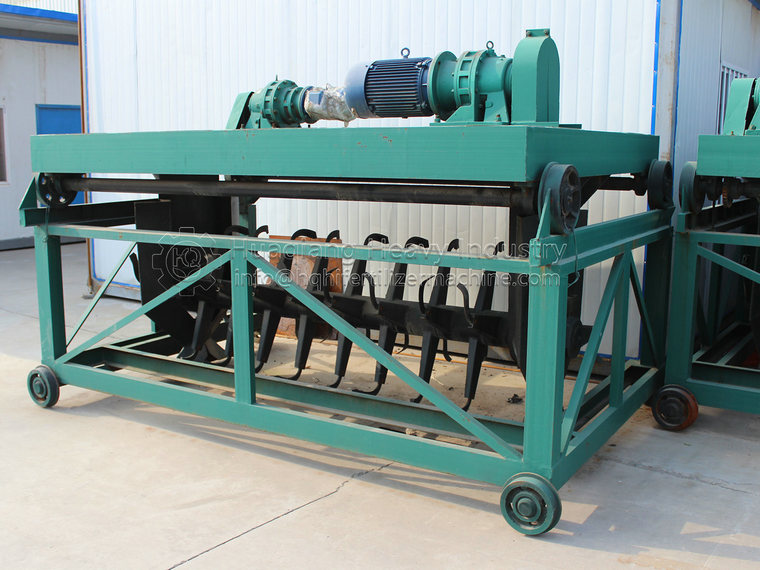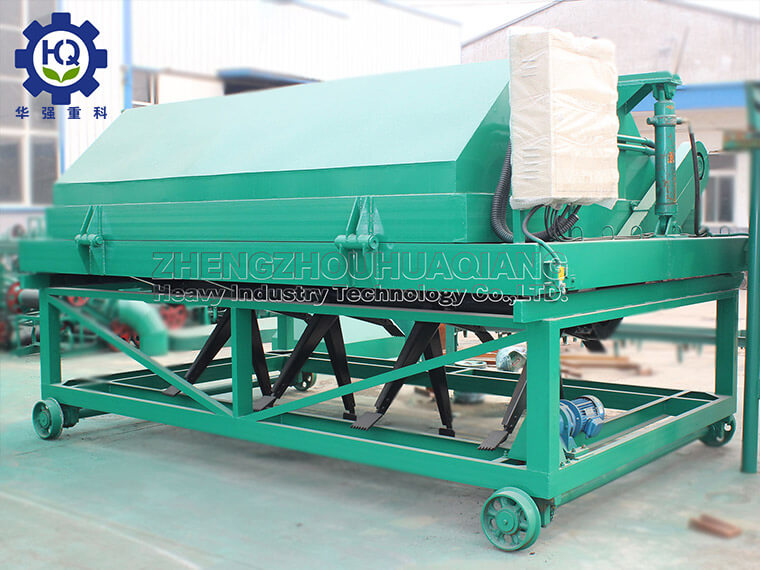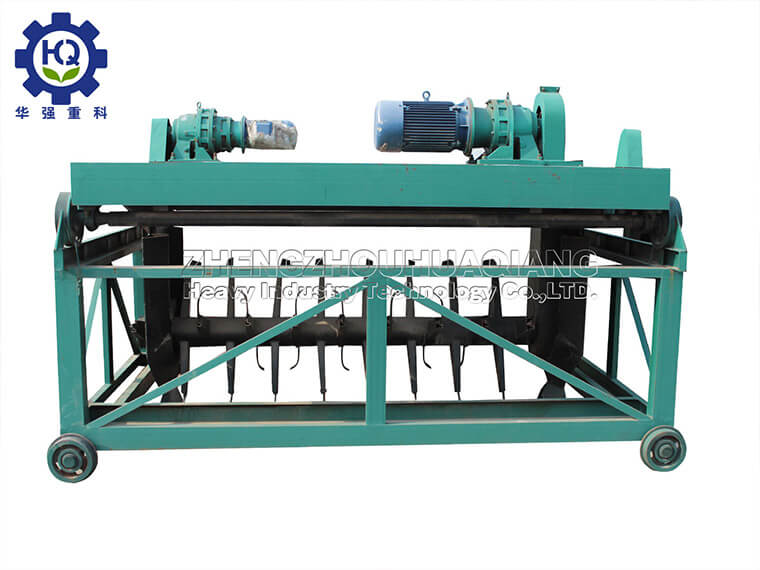The small-scale pig manure organic fertilizer production line aims to convert pig manure, a rich organic resource, into high-quality organic fertilizers, which not only solves the problem of waste disposal in the breeding industry, but also promotes the development of sustainable agriculture. The following is the basic production process of a small-scale pig manure organic fertilizer production line:.jpg)
1. Raw material collection and pretreatment
Pig manure collection: Collect fresh pig manure from the pig farm in a timely manner to avoid long-term accumulation that can cause odor and pathogen growth.
Remove impurities: Use a sieve or solid-liquid separator to remove large debris such as plastic bags, stones, etc.
Adjusting moisture: Pig manure usually has a high moisture content (up to 80% or more), which needs to be reduced to 40% -60% for fermentation.
2. Fermentation
Mixing auxiliary materials: Adding carbon based materials such as sawdust, straw, and rice husk, adjusting the C/N ratio to 20:1-30:1, is beneficial for microbial activity.
Inoculate fermentation bacteria: Introduce efficient fermentation bacteria such as EM bacteria, lactic acid bacteria, etc. to accelerate the fermentation process.
Temperature control management: Maintain the stack temperature between 55 ° C and 65 ° C, flip the stack at least once a week to provide oxygen and ensure uniform fermentation.
3. Maturity and Aging
Maturity test: After fermentation, the material should be dark brown, odorless, and loose in texture.
Aging stage: Continue to store for several weeks to completely decompose the remaining organic matter and enhance the quality of fertilizer.
4. Crushing and screening
Fine crushing treatment: Use an organic fertilizer grinder to crush the fermented and matured organic matter into smaller particles.
Screening: Remove large particles that have not been decomposed through an organic fertilizer vibrating screen to ensure the uniformity of organic fertilizer particles.
5. Adding auxiliary materials and mixing
Add minerals or trace elements such as calcium magnesium phosphate fertilizer, sulfur powder, limestone powder, etc. as needed to supplement missing nutrients.
Thoroughly mix all ingredients to ensure a balanced distribution of fertilizer.
6. Packaging and Storage
Quantitatively packaged organic fertilizer, made of waterproof and breathable materials, stored in a cool and dry place to prevent moisture regain and nutrient loss.
matters needing attention
Pay attention to hygiene and safety throughout the entire production process, avoiding pollution and the risk of pathogen transmission.
During the raw material processing and fermentation process, it is necessary to comply with local environmental protection regulations and properly dispose of waste gas and wastewater.
The biogas generated during the production process should be collected and utilized to avoid environmental pollution.
The small-scale pig manure organic fertilizer production line can not only solve the problem of pig manure treatment, but also create economic value and achieve agricultural ecological cycle. However, the production of organic fertilizers requires strict control over all aspects to ensure the safety and reliability of the fertilizers, comply with national organic fertilizer standards, and safeguard the quality of agricultural products and consumer health.



.jpg)

.jpg)


.jpg)